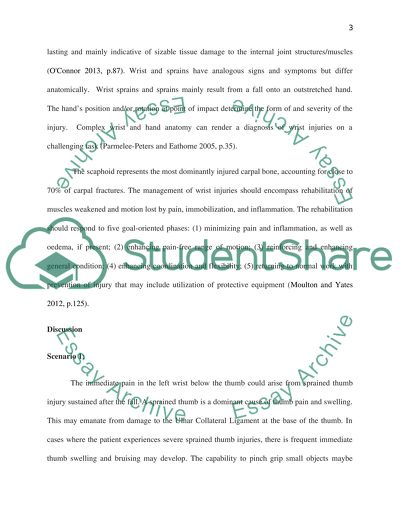Cite this document
(“Management of common minor injuries Essay Example | Topics and Well Written Essays - 2500 words”, n.d.)
Management of common minor injuries Essay Example | Topics and Well Written Essays - 2500 words. Retrieved from https://studentshare.org/nursing/1481032-management-of-common-minor-injuries
Management of common minor injuries Essay Example | Topics and Well Written Essays - 2500 words. Retrieved from https://studentshare.org/nursing/1481032-management-of-common-minor-injuries
(Management of Common Minor Injuries Essay Example | Topics and Well Written Essays - 2500 Words)
Management of Common Minor Injuries Essay Example | Topics and Well Written Essays - 2500 Words. https://studentshare.org/nursing/1481032-management-of-common-minor-injuries.
Management of Common Minor Injuries Essay Example | Topics and Well Written Essays - 2500 Words. https://studentshare.org/nursing/1481032-management-of-common-minor-injuries.
“Management of Common Minor Injuries Essay Example | Topics and Well Written Essays - 2500 Words”, n.d. https://studentshare.org/nursing/1481032-management-of-common-minor-injuries.


